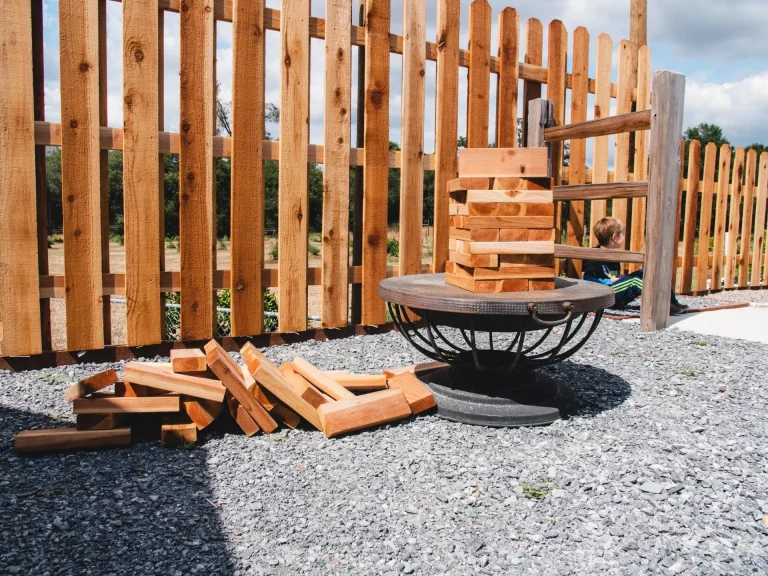Wood vs. Vinyl Fencing in Florida: Which One is Right for You?
Wood fences come in a multitude of bright hues and shapes that go far beyond the traditional picket fence. Adding organic texture to each board’s distinctive grain provides a visual depiction of why wood fences are so popular among homeowners.
However, vinyl has proven to be more durable than wood for many years. PVC, short for polyvinyl chloride, was invented in the 1980s. However, the first versions were inexpensive and resembled plastics. Over the years, the composition of PVC fences has improved significantly, creating structures that appear more natural as well as more robust and more durable than ever.
Depending on your financial limitations, personal taste, and upkeep commitment, among other things, the type of fence you will need may differ. Learn five significant differences between wood and vinyl, and you will be able to select the fence material that is best suited to your needs.
The cost of vinyl is higher than that of wood, but it only requires less maintenance over the long term than wood.
Wooden fences can cost anywhere per linear foot. Wood fences require maintenance, such as replacing boards when they warp and decay. Vinyl fences typically cost per linear foot and require little maintenance. In contrast to wood fences, which can rot or bend over time, vinyl fences typically last as long as you keep them clean; they won’t rot or bend.
Depending on the sort of wood and finish you choose, it may need to be cleaned, treated, and stained over time. Pressure-treated wood, for example, can warp after one month of exposure. In the Florida area, most fence contractors assume that wooden fences will require a complete replacement after ten years. While they may last longer in other parts of the country, the climate here affects their frequency of maintenance.
The appearance of wood is more natural than that of vinyl.
The natural look and warmth created by wood come in a wide variety of styles and designs, ranging from a modern horizontal wood fence to a classic picket fence in a wide variety of colors. Wood can be finished in almost any color. Redwood and teak are among the most popular woods for fencing. Wood may be left in its natural state with a simple sealant or stained or painted in almost any color you choose. While cedar has a bright red color, tight grain, and few knots, redwood, and teak are more expensive and have a highly lustrous surface.
Vinyl’s appearance has significantly improved in the last decade, and it now comes in wood-grain and even stone textures. Despite these upgrades, vinyl remains an artificial material and cannot be considered natural wood.
The repair of vinyl is more complex than that of wood.
A vinyl fence can be severely damaged or broken if it is exposed to harsh weather, such as extreme temperatures or lightning strikes. Repairing it may take work. Handy homeowners can use a DIY vinyl fence repair kit from a local home center. In cases of significant damage, a professional may be necessary. It may be necessary to replace the entire vinyl fence if just a few planks are damaged on panels that look like individual wood pieces. When your fence style has been discontinued, it can be challenging to replace sections. Wood can break, but it’s an accessible material to replace.
Renewing vinyl is a challenging task.
A vinyl fence is a permanent fence, so you will have to live with your choice of color and design for its lifetime. If you are happy with it, great; however, if you change your mind, you will have to start over. One of the most attractive features of a wood fence is its ability to be painted and stained over time.
The maintenance of wood fences is more complex than that of vinyl fences.
A simple garden hose rinse is all it takes to remove dirt from a vinyl fence. If you are going to use vinyl fencing a lot, investing in a pressure washer may be an excellent idea. A wooden fence requires more power-washing than a metal fence because it is porous and susceptible to mold and mildew. As well as the color of your fence, consider vinyl. White shows dirt more, so it might be a better option if you plan on installing a white fence.
The effects of hurricanes are more severe on wooden fences than on vinyl fences.
Almost everyone here in Florida has experienced the effects of tropical storms with high wind gusts and torrential downpours. Vinyl is a good choice if you are concerned about the long-term effect of stormy weather on your fence. When a hurricane hits, vinyl bends and sways quickly without much real damage. On the other hand, wood can be severely damaged much more quickly by one. Have you ever seen wood fence pieces lying on the ground or in your yard? This will only occur occasionally if you have a vinyl fence.





